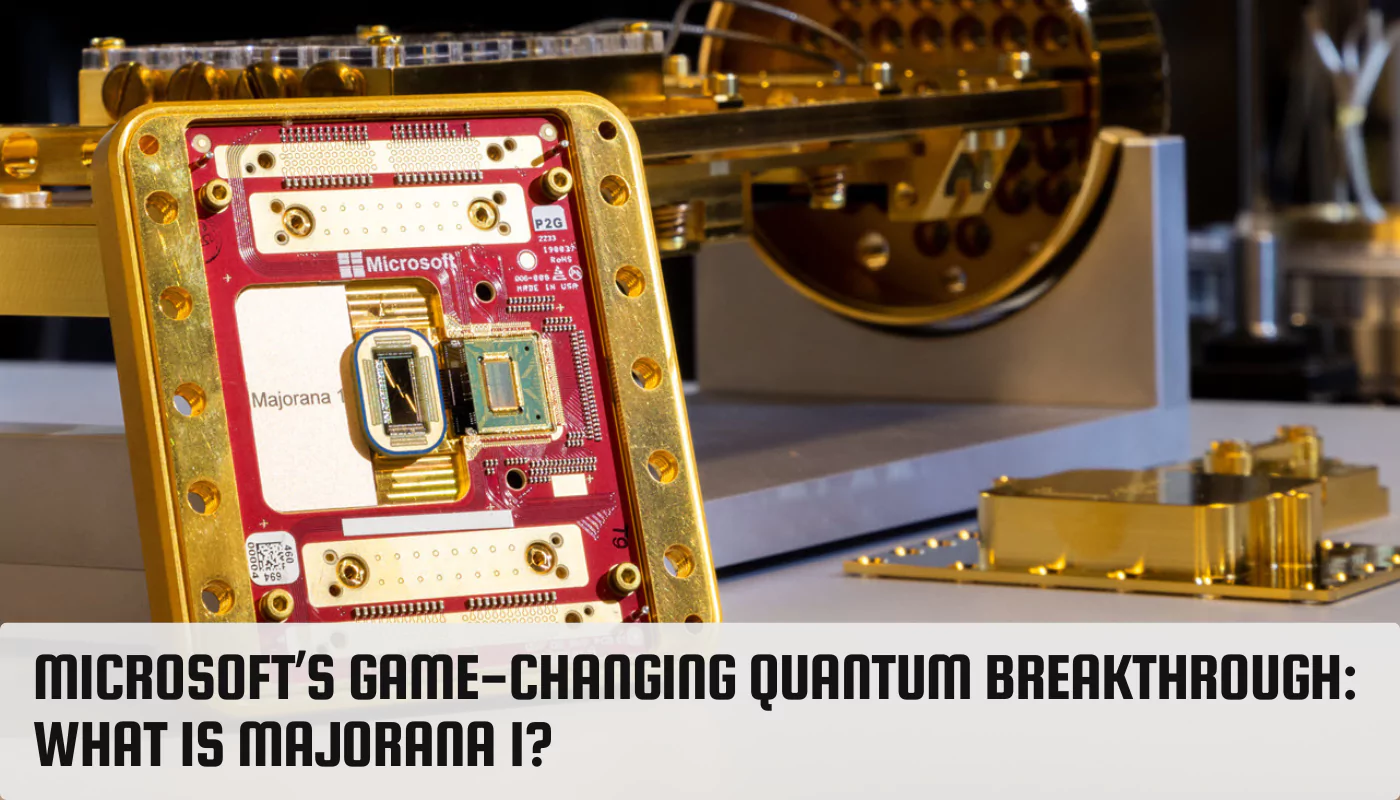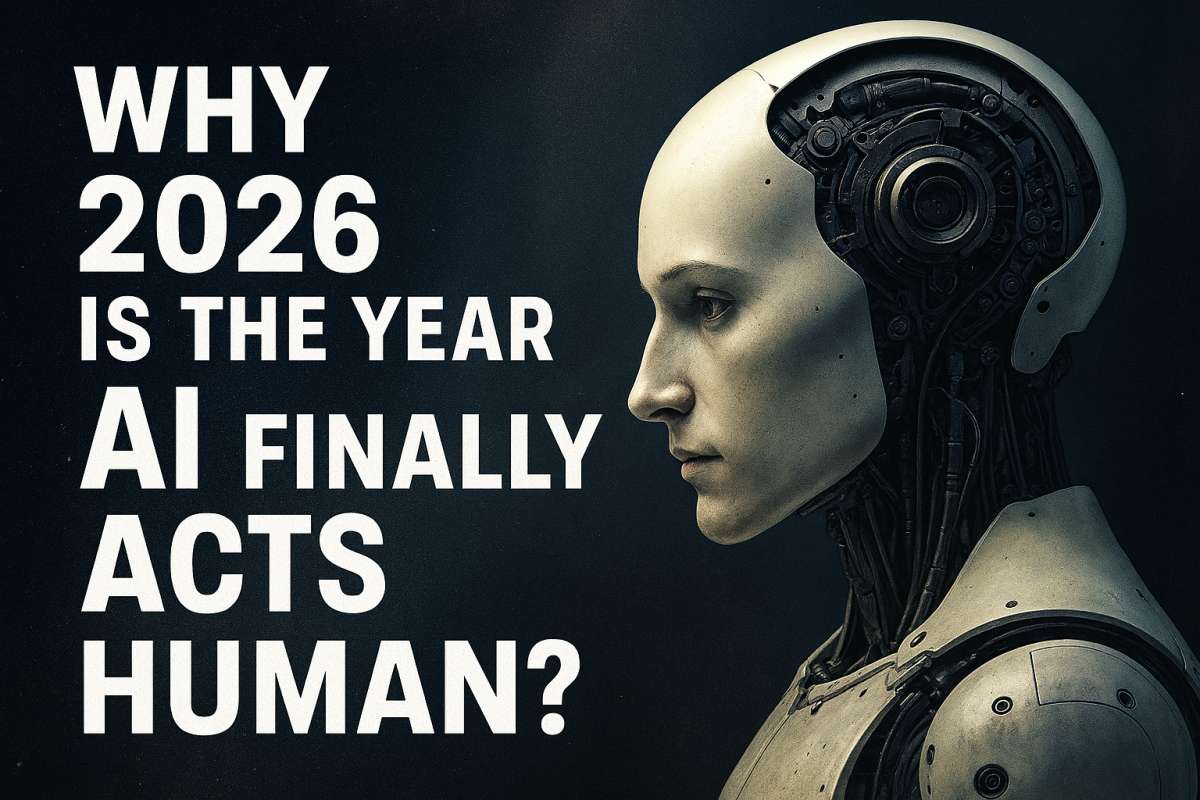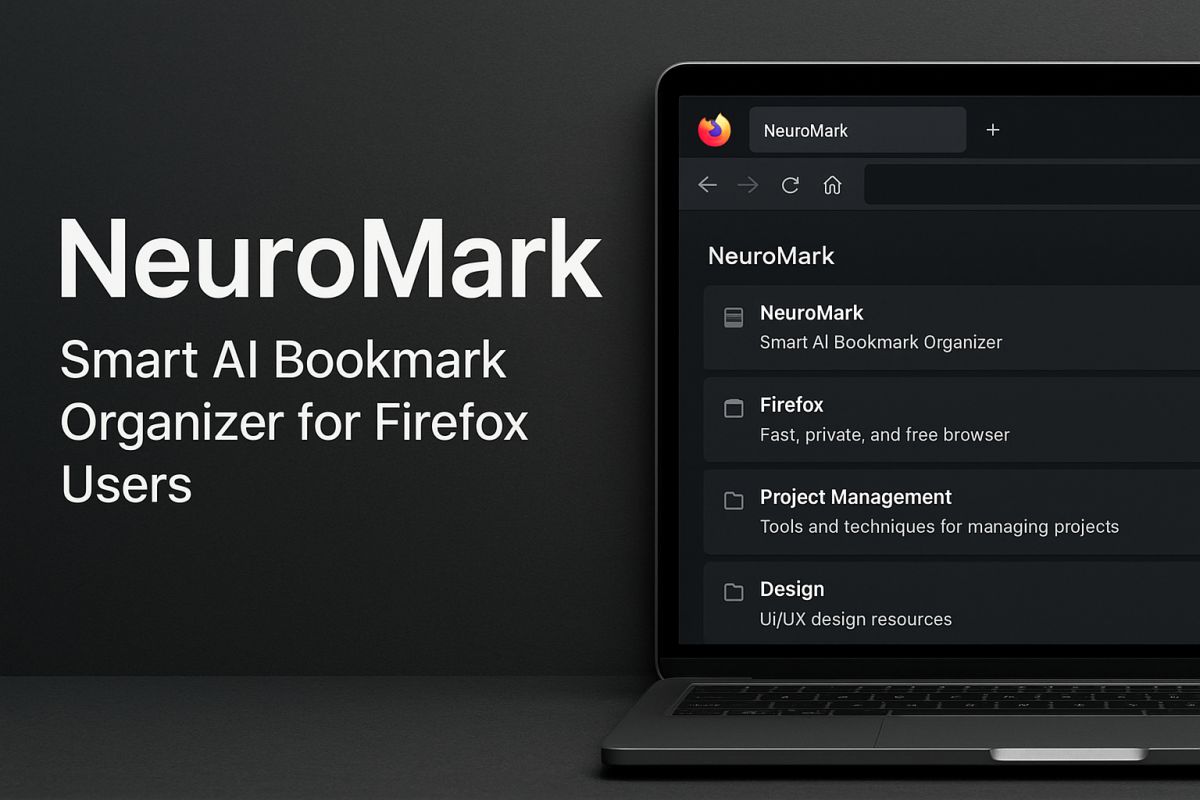Microsoft’s Shocking Quantum Leap: What Is Majorana 1 and Why Does It Matter?

Microsoft’s recent announcement about creating a stable Majorana zero mode, dubbed “Majorana 1,” has sent ripples throughout the scientific community. This breakthrough could revolutionize quantum computing, moving it from theoretical possibility to practical reality. This article explores Majorana 1, its significance, and what it means for the future of technology.
What is a Majorana Zero Mode?
Imagine a particle that is its own antiparticle. This is the bizarre world of Majorana particles, first theorized by Ettore Majorana in 1937. A Majorana zero mode is a special state a Majorana particle can exist in. It’s like a protected form of the particle. It’s not a regular particle, but a special quantum state that emerges in certain materials under specific conditions. Think of it as a special pattern of electrons. These patterns can exist at the edges of some materials, and they are very stable.
Why is Majorana 1 Important?
Majorana zero modes are crucial for building fault-tolerant quantum computers. Regular quantum computers are very sensitive to noise. Tiny disturbances can cause errors in calculations. These errors, called decoherence, are a big hurdle in quantum computing. Majorana zero modes offer a solution. They are topologically protected. This means their quantum information is stored in a way that’s hard to disrupt. Imagine information encoded not in one place, but spread out. Small disturbances won’t destroy the overall information. This stability is what makes Majorana 1 so exciting. It’s a step toward building quantum computers that can actually do complex calculations reliably.
Microsoft’s Breakthrough: Majorana 1
Microsoft has been working on topological quantum computing for years. Their recent achievement involves creating a stable Majorana zero mode, Majorana 1. They didn’t just find a Majorana zero mode. They engineered it. They made it in a very specific structure. This structure is a nanowire made of a semiconductor material. They carefully controlled the environment, applying magnetic fields and other fine-tuning techniques. This careful control is what allows them to create and, more importantly, maintain the Majorana zero mode. The stability of Majorana 1 is what sets it apart. It lasts long enough to be useful for quantum computations.
How Does Majorana 1 Work?
The creation of Majorana 1 relies on special materials and conditions. Scientists use a semiconductor nanowire. They carefully control the temperature, magnetic fields, and other factors. These specific conditions coax electrons in the material to behave in unusual ways. The electrons pair up in a special way. This pairing creates the Majorana zero mode at the end of the nanowire. The key is that this Majorana zero mode is not a single particle. It’s a collective state of many electrons. This collective behavior is what provides the topological protection.
What Does This Mean for Quantum Computing?
Majorana 1 is a big step toward practical quantum computers. The stability of Majorana zero modes solves a major problem: decoherence. With stable Majorana zero modes, quantum information is protected. This means quantum computers can perform calculations for longer periods. They can tackle more complex problems. This breakthrough opens the door for building quantum computers that can revolutionize various fields.
The Future Applications of Quantum Computing
Quantum computers, powered by stable Majorana zero modes, have the potential to transform numerous fields:
- Medicine: Quantum computers can simulate molecules and chemical reactions. This can lead to the development of new drugs and therapies. Imagine designing personalized medicines tailored to an individual’s genetic makeup.
- Materials Science: Designing new materials with specific properties becomes easier. Think of stronger, lighter materials for airplanes or more efficient solar panels.
- Artificial Intelligence: Quantum computers can accelerate the development of AI. They can handle complex machine learning algorithms much faster than classical computers.
- Cryptography: Quantum computers pose a threat to current encryption methods. But they also offer the potential for new, quantum-resistant cryptography.
- Finance: Quantum computers can optimize financial models and risk management. This can lead to better investment strategies and fraud detection.
Challenges Remaining
While Majorana 1 is a significant advance, challenges remain. Building a full-scale quantum computer with many qubits is a complex engineering task. Scientists need to find ways to create and control many Majorana zero modes. They need to connect them and perform quantum operations. This requires further research and development in materials science, quantum control, and error correction.
The Quantum Race
The development of quantum computing is a global race. Many research groups and companies are working on different approaches. Microsoft’s Majorana 1 is a strong contender in this race. It shows the promise of topological quantum computing. This breakthrough could give Microsoft an edge in the quest to build the first practical quantum computer.
Conclusion
Microsoft’s creation of Majorana 1 is a landmark achievement in quantum computing. It demonstrates the feasibility of building stable qubits using Majorana zero modes. This breakthrough paves the way for fault-tolerant quantum computers. While challenges remain, the future of quantum computing looks brighter than ever. Majorana 1 is a crucial step toward a future where quantum computers revolutionize science, technology, and our world. It’s a testament to human ingenuity and a glimpse into the power of quantum mechanics.









